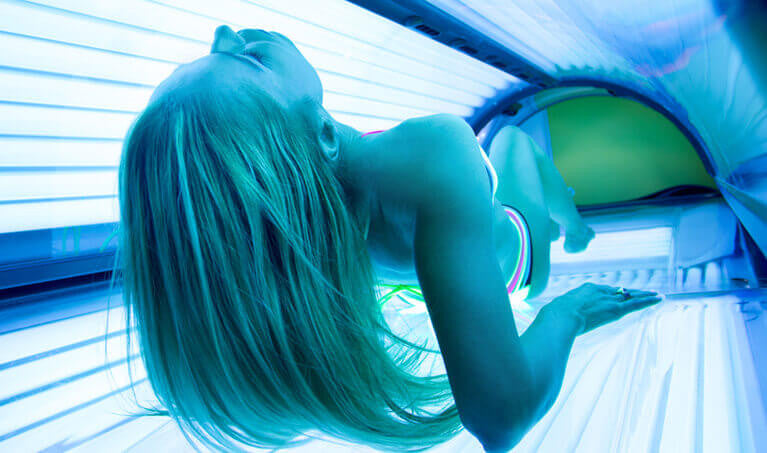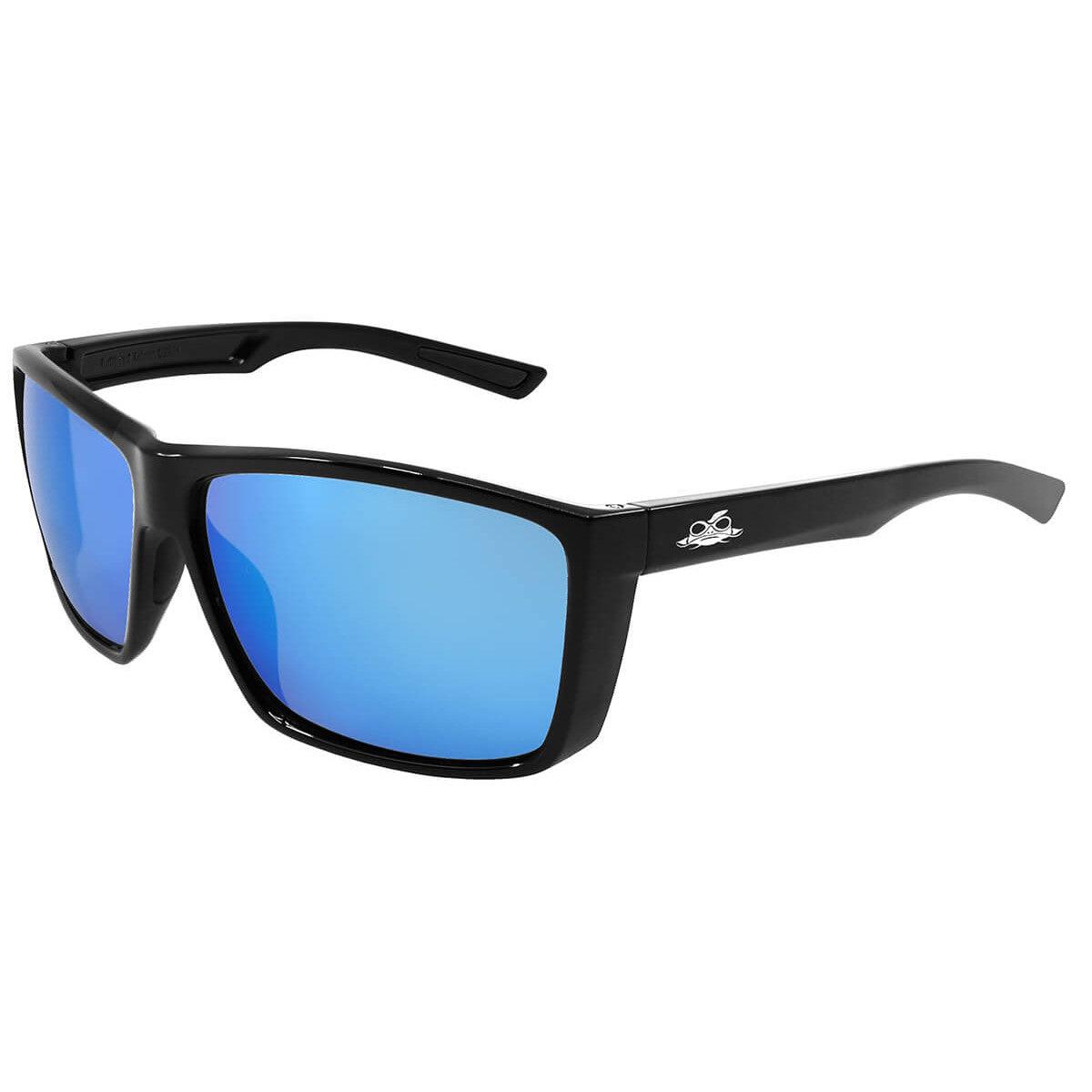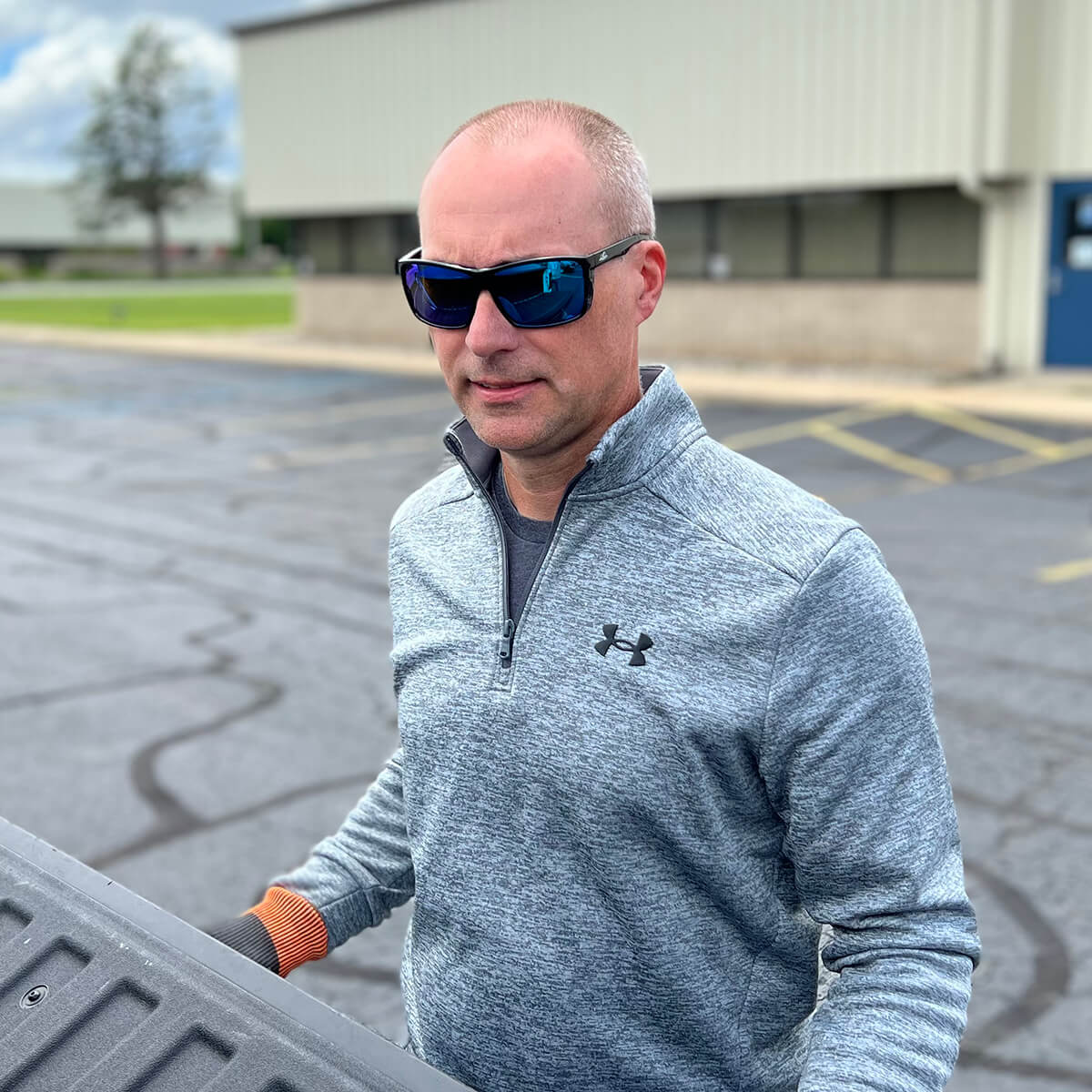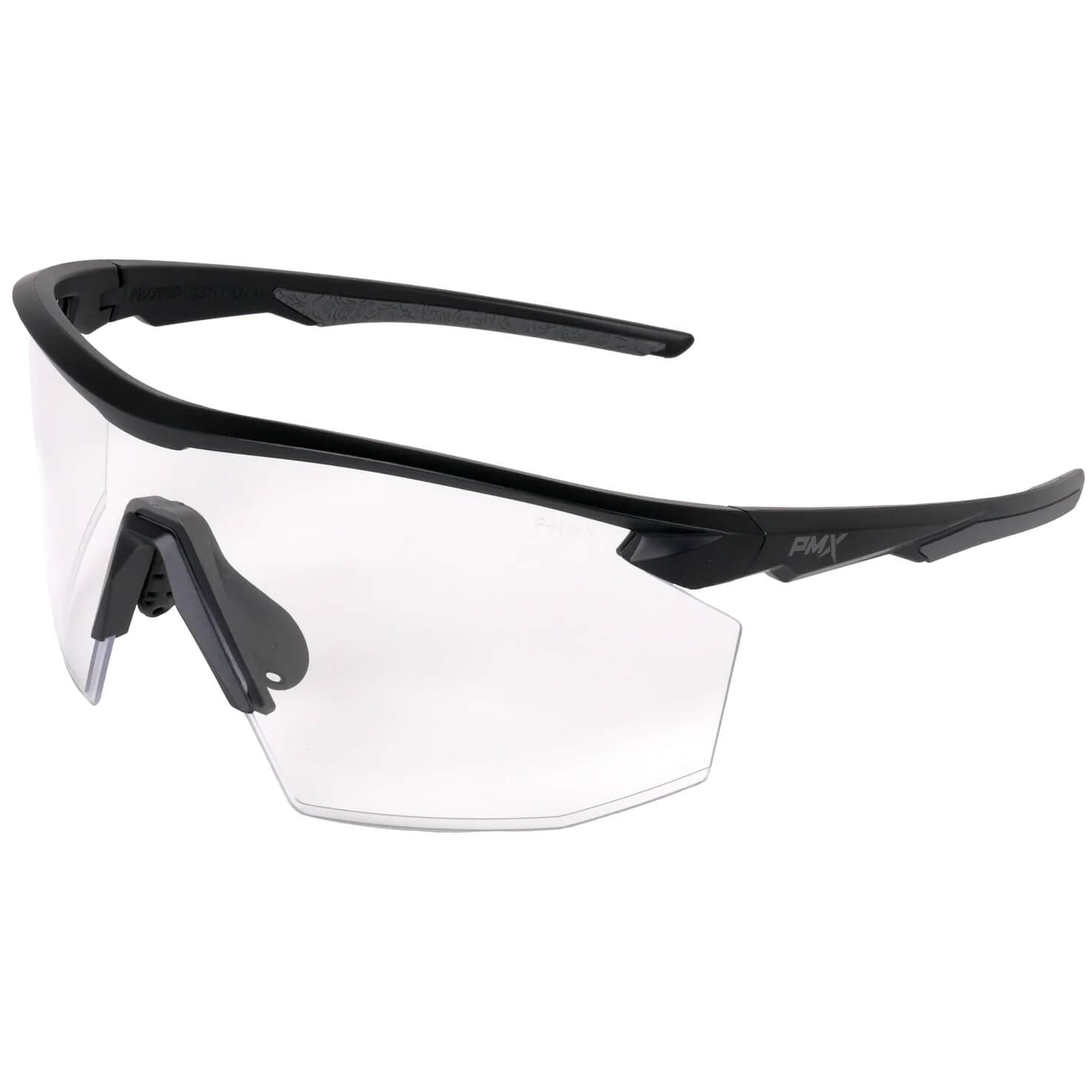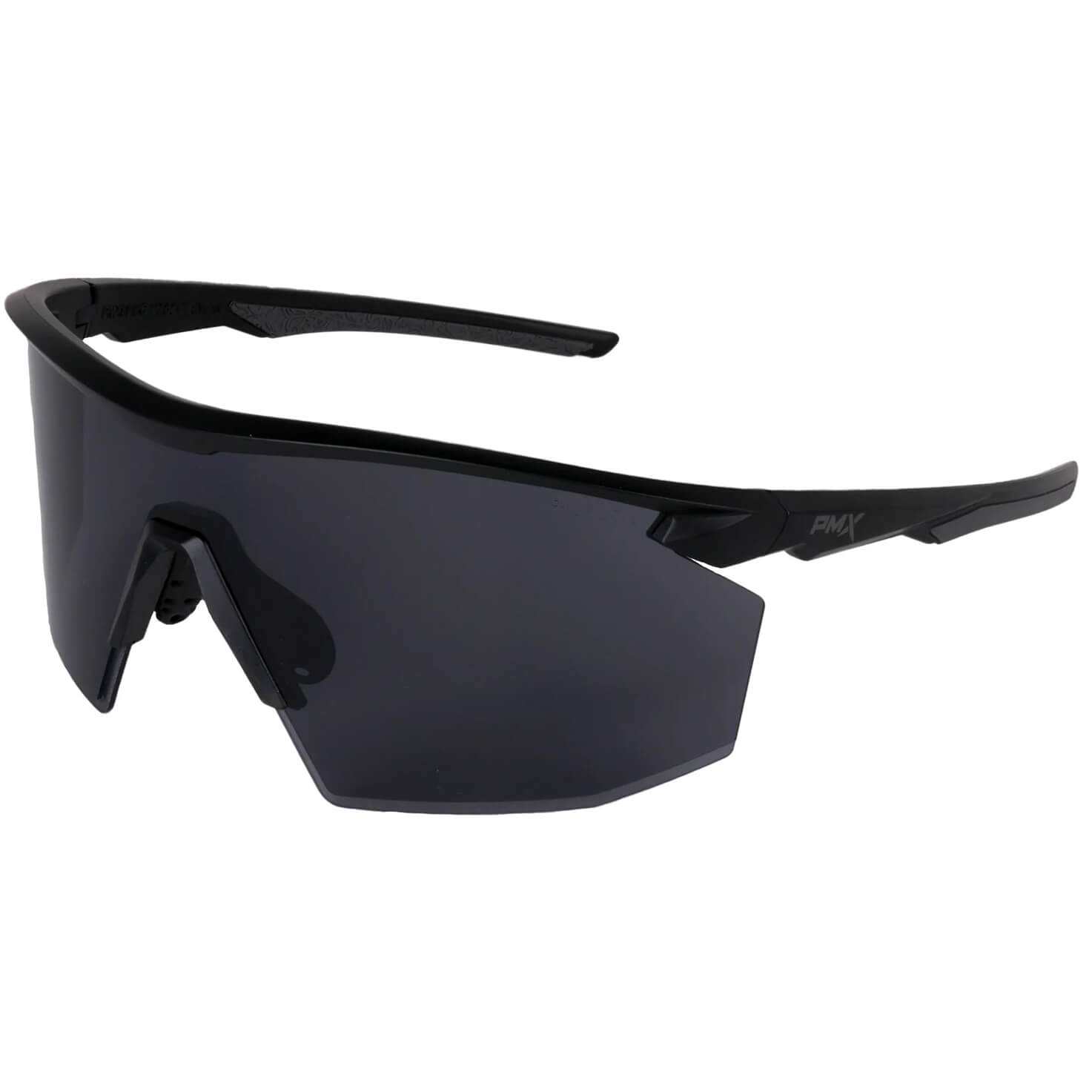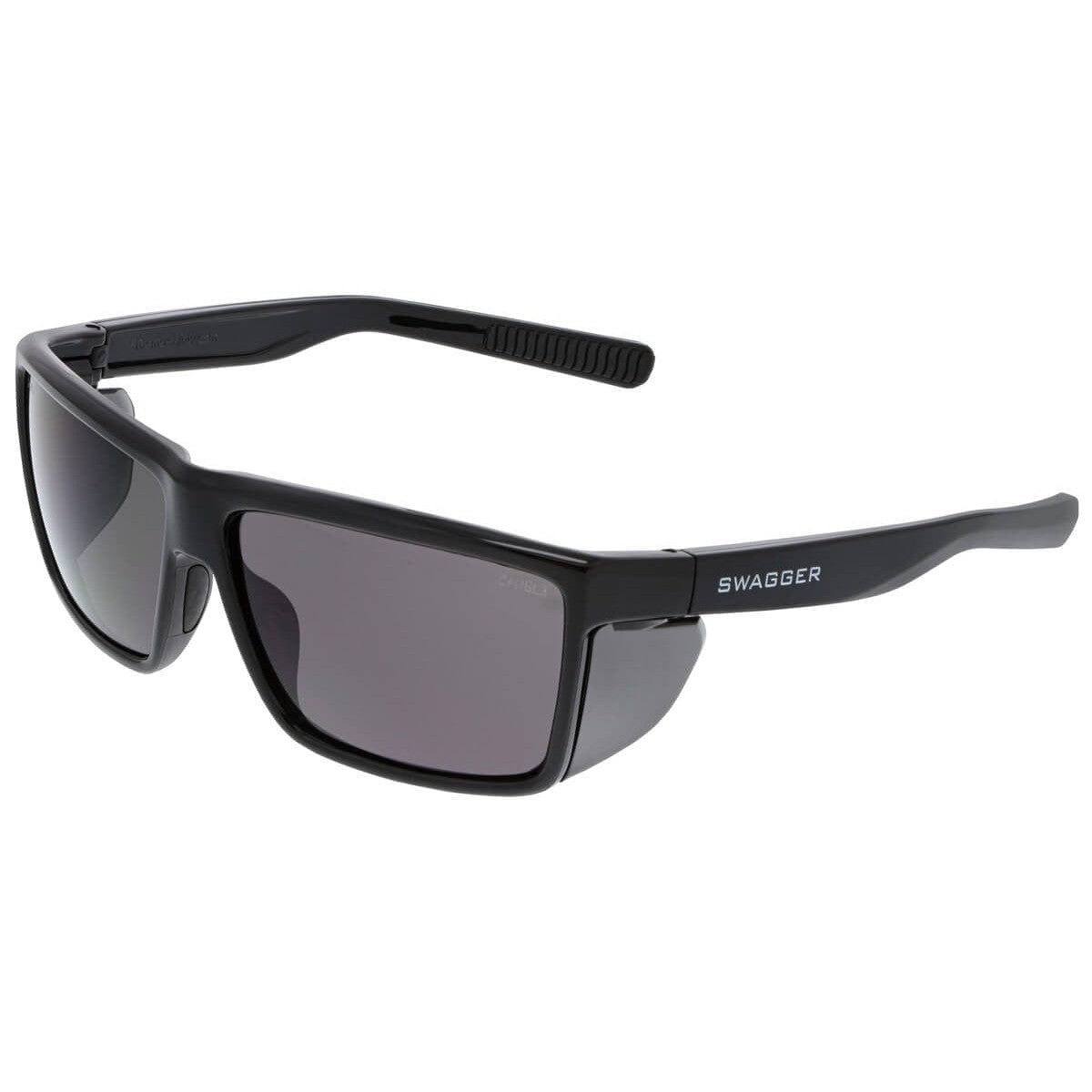UV Light is Not Your Friend
We need sunlight. Its life-giving rays promote our physical and mental health in many ways. However, too much exposure to the sun's rays, especially UV, is harmful.
Most of us know UV rays damage skin, and we see the evidence mainly in the form of sunburn in the short term and wrinkles or skin cancer in the long term. But many people don't realize that the sun also damages the eyes. This damage also shows itself both in short and long-term ways.
Before discussing the negatives of UV rays, let's gain a better understanding of UV light.
What is UV Light?
UV light, a type of electromagnetic radiation (ER), comes mainly from the sun and is invisible to the human eye. ER transmits in different wavelengths and frequencies, and the range of these is called the ER spectrum. This spectrum has seven regions ordered by decreasing wavelength and increasing energy/frequency. For example, UV light sits fifth on the ER spectrum and has three general sub-bands: UVA, UVB, and UVC.
UV harms because it causes ionization. Ionization affects the chemical properties of atoms, causing them to form or break chemical bonds in ways they would not otherwise. While useful in chemical processing, this process damages living tissue like skin and eyes.
Most of the UV light we come in contact with is from the sun, but only about 10% of sunlight is actually UV light. Of that 10%, only ⅓ penetrate the atmosphere and reach the ground at the equator.
The small portion of UV light reaching us damages unprotected skin and eyes. Damaging UV light comprises 95% UVA light and 5% UVB light. No measurable UVC light reaches us because it is absorbed by the ozone.
Artificial UV Light
Many artificial sources produce UV light. These include tanning booths, black lights, curing lamps, halogen lights, fluorescent and incandescent lights, some lasers, LEDs, and welding lamps.
Medical and dental industries use artificial UV to kill bacteria. It's also used in industries like automotive, electronics, and graphic arts to cure inks and resin. Pet owners use UV bulbs to give reptiles Vitamin D, and fluorescent bulbs are used as lighting sources in homes, offices, and stores.
Exposure to artificial UV sources can cause severe eye damage. Temporary damage often heals within a couple of days. Permanent damage usually only occurs right away with extreme exposure. Any exposure, however, adds to the cumulative impact of UV light on the eyes.
What Effect Does UV Light Have On Eyes?
UVA and UVB light, whether artificial or natural, have short and long-term adverse effects on eye health and vision. This is because the cornea and lens, which focus the light we see, absorb UVB light. As a result, UVA light passes through to the back part of the eye and the macula, damaging central vision.
Some people are even more at risk for eye damage from UV light than others. These include individuals with certain eye diseases, some who have had cataract surgery, and those who take photosensitizing drugs. In addition, some studies show people with light irises are at risk for increased damage.
Even without special circumstances, limiting exposure to UV light is a good idea for long-term eye health. This is because UV exposure damages the eyes over time. So every time you're outside without adequate protection, you accumulate damage and increase risk.
Short-term eye problems caused by UV exposure come on quickly and usually resolve themselves. However, long-term and often permanent damage happens gradually over a lifetime. For this reason…
“It’s important to start wearing proper eye protection at an early age to protect your eyes from years of ultraviolet exposure.” (Summer UV Safety)
Short Term
Excessive exposure to large amounts of UV radiation over a short period can cause some inconvenient, uncomfortable, and painful eye problems. The two most common are photokeratitis and photoconjunctivitis.
Photokeratitis
Also referred to as a "sunburn of the eye," "snow blindness," and "welder's blindness," photokeratitis is an inflammation of the cornea and is usually temporary, though painful.
Photokeratitis results from intense, short-term exposure to UVB rays, especially if the eyes are not adequately protected. High altitude conditions and strong ground reflection (e.g., snow, water) can contribute to the severity. Thus, it is often seen after long hours at the beach or snow skiing.
Symptoms appear within eight to 24 hours of exposure. They include red eyes, a gritty feeling, extreme light sensitivity, and excessive tearing. Photokeratitis can also result in temporary vision loss.
Photoconjunctivitis
Photoconjunctivitis, also temporary and reversible, is an inflammation of the conjunctiva, the membrane lining eyelids, and eye sockets. The condition causes significant discomfort but does not usually impact vision.
While conditions such as photokeratitis and photoconjunctivitis usually disappear as eyes heal, the exposure they represent contributes to the cumulative effect of UV light on eyes and vision.
Long Term
Damage from unprotected exposure as children, teens, and young adults often does not show up until later in life. The more unprotected exposure eyes have to UV rays, whether artificial or natural, the increased risk of developing a host of eye and vision problems later in life. Unfortunately, these long-term problems are not temporary.
A few eye conditions, pterygium, pinguecula, and climatic droplet keratopathy, due directly to UV exposure are not well known but worth noting. Each presents long-term issues and is generally associated with individuals living in areas with significant UV exposure or frequently outdoors.
More common long-term eye problems linked to a lifetime of unprotected exposure to UV rays include macular degeneration, cataracts, and skin cancer.
Macular Degeneration (MD)
MD occurs when part of the retina is damaged. Central vision is lost, as is the ability to see fine details. Peripheral (side) vision is usually normal with MD. Unprotected exposure to UV rays increases the risk of developing MD.
“The worldwide prevalence rate of [Age Related] MD resulting in impairment and blindness is 8.7%, making it one of the most common causes of blindness in patients over 65. Studies have shown that many individuals with macular degeneration have had greater UV exposure over their lifetime” (Ultraviolet Protection).
Cataracts
UV rays, especially UVB rays, can also cause cataracts. Cataracts, a clouding of the eye's lens, are the leading cause of blindness worldwide.
“Every year some 16 million people in the world suffer from blindness due to a loss of transparency in the lens. WHO estimates suggest that up to 20 per cent of cataracts may be caused by overexposure to UV radiation and are therefore avoidable” (Ultraviolet Radiation).
Skin Cancer
Prolonged UV exposure also often leads to skin cancer in and around eyelids. Melanoma, the most frequent cancer involving the eyes, sometimes requires surgical eyeball removal. Another type of cancer, basal cell carcinoma, happens on eyelids. According to the American Cancer Society...
“Most skin cancers are a direct result of exposure to the UV rays in sunlight. Both basal cell and squamous cell cancers (the most common types of skin cancer) tend to be found on sun-exposed parts of the body, and their occurrence is typically related to lifetime sun exposure. The risk of melanoma, a more serious but less common type of skin cancer, is also related to sun exposure, although perhaps not as strongly. Skin cancer has also been linked to exposure to some artificial sources of UV rays.”
Fortunately, many affordable and readily available options for protecting the eyes against UV light, whether natural or artificial.
How Do You Protect Eyes Against UV Light?
Protecting eyes against UV light requires quality eyewear, a bit of knowledge, and some common sense. Combine these consistently to avert much of the long-term UV exposure that damages the eyes.
Quality Eyewear
Quality eyewear protects the eyes against UV light. In fact, UV coating on eyewear acts like sunscreen for eyes, and pretty much any type of eyewear can have it. New technologies on the horizon also eliminate backside UV radiation from light reflected off the backs of lenses.
Whether you wear sunglasses, safety glasses, Rx eyewear, or even contacts, you can get UV protection to help prevent long-term damage to the eyes.
Before detailing a bit on each of these types of eyewear, let's dispel a myth regarding lens tints/shades. A common misconception says lenses need to be tinted to protect eyes from the sun. This is not true.
“Lens tint is sometimes confused with how dark the lenses are, and some people feel that the darker the lenses the more effective they are. Unfortunately this is a false assumption… it is not how dark or light the lenses are that determines their effectiveness in blocking these harmful uv rays, but rather the coatings applied to the lenses!”
Choosing the Best Lens Tint helps in many ways, from optimizing performance to providing better visibility and increased eye comfort. However, lens tint is unnecessary for UV protection. Still, having a good pair of sunglasses with a tint that best suits your needs is one of the best ways to consistently protect against UV rays.
Sunglasses
Sunglasses should block at least 99% of UVA and UVB rays. If they aren't labeled as doing so, don't buy them. Also, quality matters. Higher quality sunglasses more likely have lenses matched in color and free of distortion or imperfections, which means they're more likely to be worn.
Safety Eyewear
Most ANSI Z87.1-2010 safety eyewear comes with UV protection. If lenses are polycarbonate, they naturally protect the eyes against UVA and UVB. Regardless, UV-protective safety lenses are marked with "U" and a number indicating the level of UV protection.
Some situations call for unique eyewear to protect against concentrated and high-level exposure to UV light (e.g., tanning beds, welding, and lasers.) Standard UV lenses will not provide adequate protection in these situations. In addition, working near concentrated use of UV light also increases exposure, so wearing appropriate eyewear is also recommended in these cases.
RX Eyewear
Many prescription glasses come standard with a coating protecting the eyes from UV rays. However, don't assume they do. Ask for it.
Some people find prescription sunglasses or transition lenses to be essential. Remember, however, that shading helps with comfort and visibility, enhances performance, and reduces fatigue, don't assume they have UV protection.
Contacts
Some contacts come with protection against UV rays, but not all. However, the ones that do help provide some protection at all times. They also give additional protection from UV rays on eyewear's sides, top, and bottom.
There are two classes of UV-blocking contacts.
- FDA Class I — For high-exposure areas such as mountains and beaches. Block 90% of UVA rays and 99% of UVB rays.
- FDA Class II — General purpose contacts for everyday wear. Block 70% of UVA rays and 95% of UVB rays.
Contacts certainly provide excellent secondary protection, but they should not be the sole source of protection. Pairing them with sunglasses when outside is the best way to achieve comprehensive protection.
Common Sense
With knowledge about quality UV-resistant eyewear, add a few common sense tips to help ensure your eyes are as fully protected as possible against harmful UV rays.
- Wear UV eyewear consistently. Doing so goes a long way in preventing long-term damage. Having multiple pairs and especially eyewear that fits well and is comfortable, is crucial.
- Remember that UV rays also come in through the eyewear's sides, top and bottom. So wraparound sunglasses are a good idea.
- Adding a wide-brimmed hat provides even more protection for areas eyewear cannot protect from reflection.
Using common sense and educating yourself about how UV damages eyes are crucial for long-term eye health. So is understanding risk factors increasing a person's chances of UV damage. So, who's most at risk?
While everyone is at risk for long-term eye and vision damage due to UV exposure, some people are more at risk. Ask the following questions to help determine your level of risk for developing UV-related eye and vision problems.
- Do you spend long hours in the sun?
- Have you had cataract surgery?
- Do you frequently use a sunlamp, bed, or booth?
- Are you on any medications that increase sensitivity to the sun?
- Do you live in the mountains or a sunbelt?
- Does your occupation require frequent exposure to artificial UV light?
- Do you have a retinal disorder?
A Mistake to Ignore UV Exposure
The eyes need natural sunlight to help regulate many vital bodily functions and significantly impact overall health.
“Allow the eyes to be exposed to natural outdoor light… helps the brain work better” (Sunlight: Good for the Eyes as well as the Brain).
But you don't need a lot of UV exposure to gain the necessary benefits. In fact, just 5-15 minutes of sun exposure a few times a week is enough, less in locations closer to the equator or for those with fair skin.
Even in wintertime and on cloudy days, the risk for UV damage to the eyes does not go away. After all, UV damage can occur all year long, and the sun's UV rays still pass through clouds. So don't ignore the warnings. Instead, propose to Eliminate Excuses and keep your eyes healthy for a lifetime.


